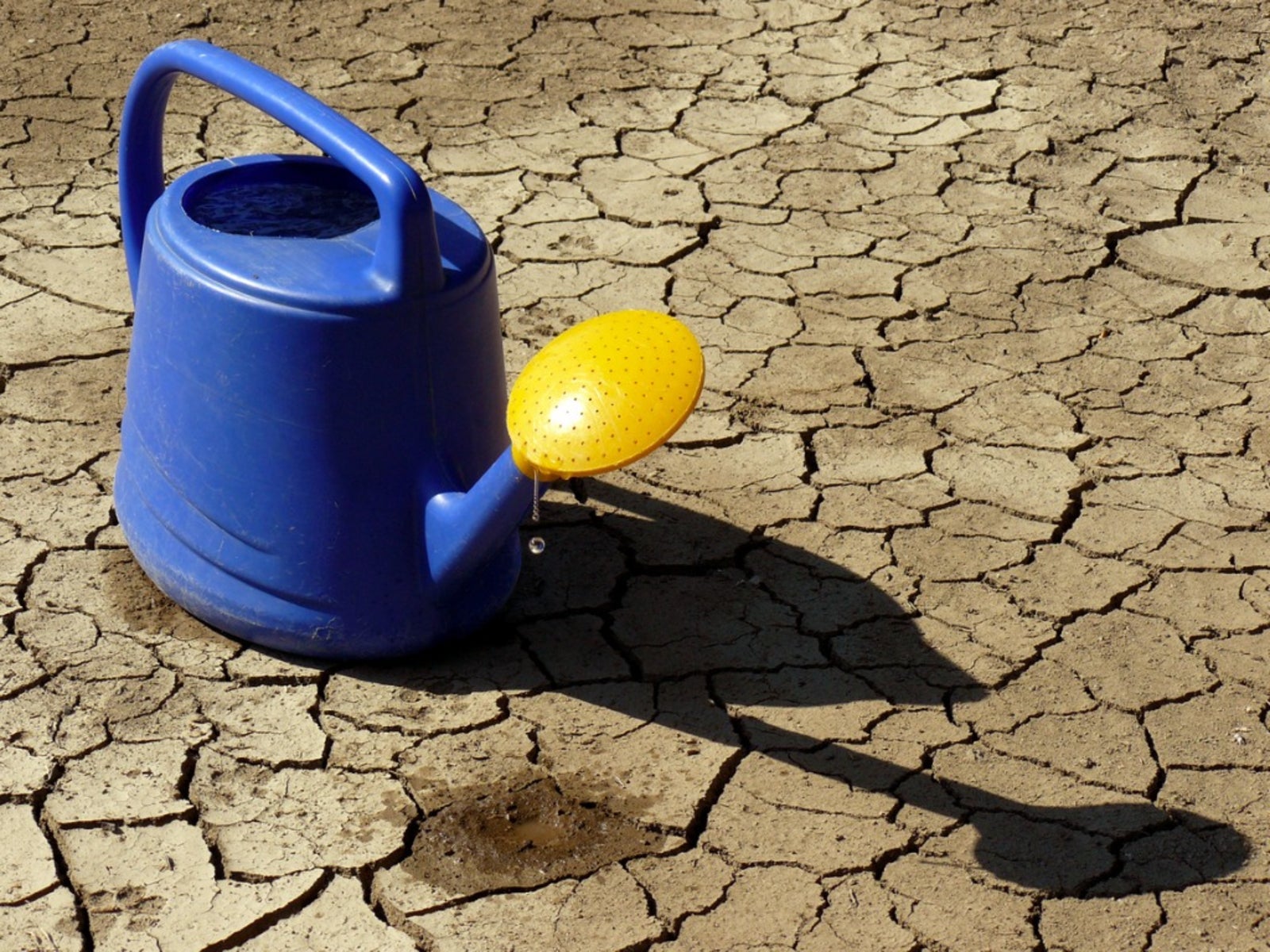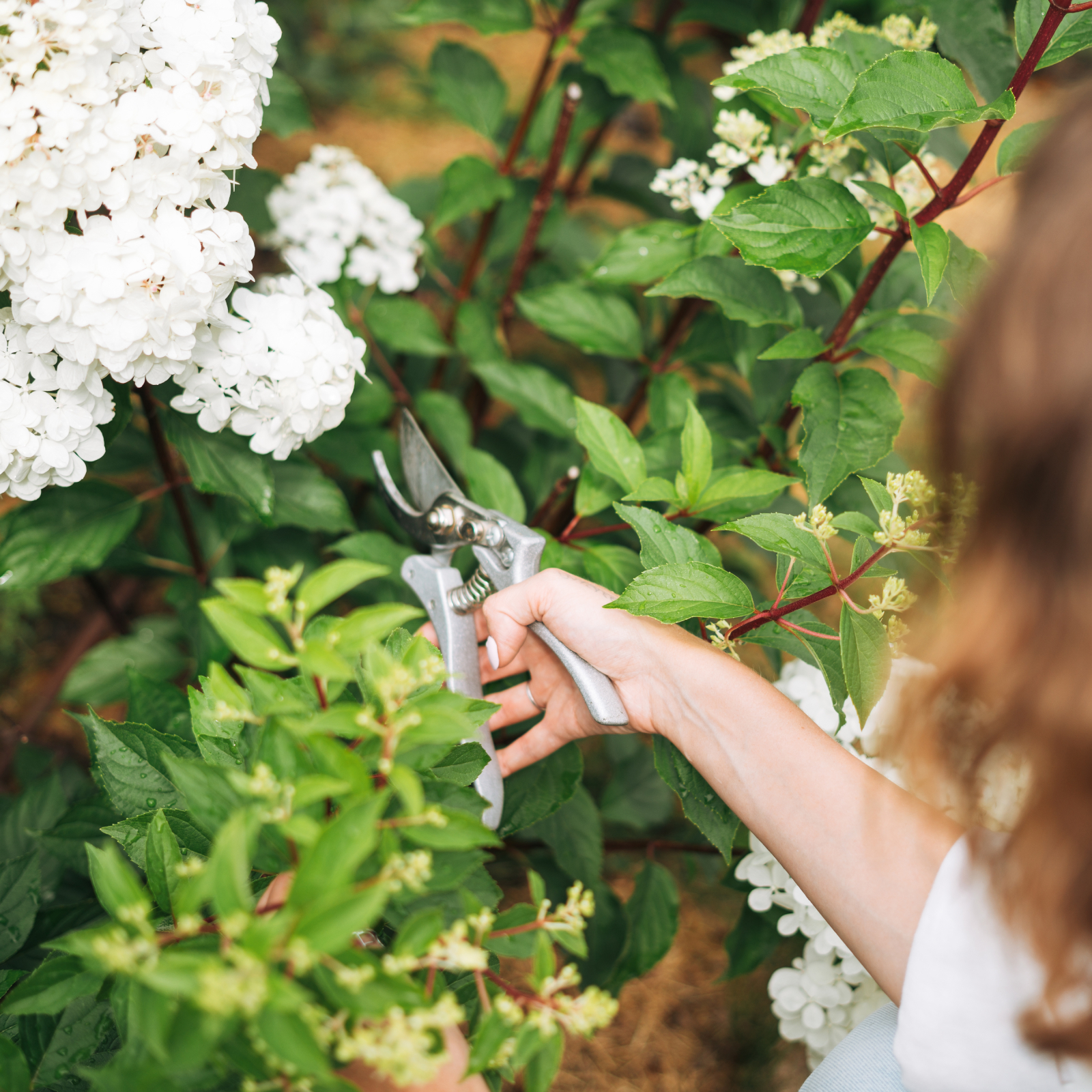Plants In Desert Climates: Growing Edible Plants And Flowers In The Desert

Can you grow edible plants and flowers in the desert? Absolutely. Despite the extreme three-digit temperatures and minimal rainfall, there are numerous edible plants and flowers that can be coaxed into fruition in a desert climate.
How to Grow Edible Plants and Flowers in the Desert
Before growing plants in desert climates, consider the following list before attempting to grow plants in a desert climate:
Soil Nutrition
There are a number of factors to consider before growing plants in a desert climate. Primarily, one will want to be concerned with the nutrient levels in one's soil. Although a good quality organic/compost will usually meet your soil's needs, the best way to determine levels suitable for desert vegetables and flowers is to have the soil tested. However, there are generally three primary nutrient requirements:
The amount needed of each of these is based on what types of non-drought tolerant desert plants you will be growing. Vegetables need quite a lot. Fruits and annual flowers need a medium amount and deciduous shrubs, herbs, and perennials require even less. Since manure has a high amount of soluble salt, it is not recommended due to the higher amounts already present in desert irrigation. Choose an amendment that does not include manure. Also as arid soils tend to be very alkaline, it may be necessary to lower the pH to facilitate the growth of healthy edible plants and flowers in the desert. This can be accomplished by the addition of sulfur.
Light Amount and Duration
Light amount and duration for growing plants in desert climates is another important consideration. Light is integral to growing a bountiful garden in any climate. Generally, six to eight hours of full sun is needed each day. When growing plants in desert climates the amount of light can be an issue in that there is plenty of it! Many non-drought tolerant desert plants may be susceptible to scalding and tip burn. It's advisable to protect vegetable and flowers that grow in a desert climate from extreme heat and light by using an awning or shade cloth. These more delicate edible plants and flowers in the desert must also be shielded from the sometimes fierce desert winds.
Water Access and Irrigation
Access to water and irrigation of edible plants and flowers in the desert is crucial. When growing desert vegetables and flowers, a drip or soaker hose irrigation is considered the best and least expensive option. Placement of the plants, day and evening temperatures, and the variety of non-drought tolerant desert plants selected will influence the amount of watering needed, though on average these plants require at least 2 inches (5 cm.) of water each week. In a desert environment, you should expect to water plants a little more, even twice daily, when both day and evening temperatures are excessively hot.
Selection of Edible Plants and Flowers
Lastly, one of the most important requirements is the selection of non-drought tolerant desert plants suitable to this more uncompromising environment. During the cool season, some options for vegetables that grow in the desert may include:
Gardening tips, videos, info and more delivered right to your inbox!
Sign up for the Gardening Know How newsletter today and receive a free copy of our e-book "How to Grow Delicious Tomatoes".
Warm season vegetables that are most optimal for growing in desert climates may include:
The variety and time of year when vegetables that grow in the desert are sowed will dictate the type of garden formation that is most desirable. Hill planting, broadcasting seeds, inter-planting, or relay sowing in two week intervals are all viable options for the desert gardener. The previous information and a definitive amount of human muscle power to crack the harsh desert landscape will lead the gardener down a successful and fruitful path to growing plants and flowers in desert climates.

Amy Grant has been gardening for 30 years and writing for 15. A professional chef and caterer, Amy's area of expertise is culinary gardening.
-
 Pruning Limelight Hydrangea Bushes For Bigger Blooms & Stronger Plants
Pruning Limelight Hydrangea Bushes For Bigger Blooms & Stronger PlantsPruning 'Limelight' hydrangea will benefit the shrub. Flowers will be more bountiful the next year and branches will be stronger. Learn how and when to prune.
-
 What’s Wrong With Your Azaleas? Identify, Tackle And Prevent 6 Common Azalea Pests
What’s Wrong With Your Azaleas? Identify, Tackle And Prevent 6 Common Azalea PestsIf you’ve spotted signs of azalea leaf damage, don’t panic – here’s how to identify the most common azalea pests so you can take action swiftly and keep plants healthy
-
 How Many Vegetables To Plant Per Person For A Year
How Many Vegetables To Plant Per Person For A YearGauging how much to plant in a vegetable garden can eliminate waste while still producing enough for your family. Click for more.
-
 13 Perennial Fruits And Vegetables You Only Have To Plant Once
13 Perennial Fruits And Vegetables You Only Have To Plant OnceLooking to set it and forget it? Find out which fruits and vegetables can be grown as perennials.
-
 11 Edible Plants For A Year-Round Garden In A Bucket
11 Edible Plants For A Year-Round Garden In A BucketWant to know how to grow food inside your house and which foods do best indoors? Click here to learn all about it.
-
 Frost Tolerance Of Vegetables From Least To Most Hardy
Frost Tolerance Of Vegetables From Least To Most HardyHow cold can vegetables tolerate? Knowing which veggies will survive frosts and freezes is essential for the success of your garden. Click here for more.
-
 Best Vegetables To Pickle Straight From The Garden
Best Vegetables To Pickle Straight From The GardenPickles aren’t limited to just cucumbers. Read on for tips on pickling your fresh veggies.
-
 Benefits Of Planting In Fall Vs. Spring Vegetable Plots
Benefits Of Planting In Fall Vs. Spring Vegetable PlotsLearn why some vegetables do better if you plant them in fall instead of spring.
-
 Interplanting Vegetables In The Fall Garden
Interplanting Vegetables In The Fall GardenLearn all about the benefits of interplanting vegetables for your fall garden.
-
 Best Vegetables For Growing In Perlite
Best Vegetables For Growing In PerlitePerlite is a natural growing medium that comes from super-heated volcanic glass. In some cases, it works better than soil. Read on for more info.